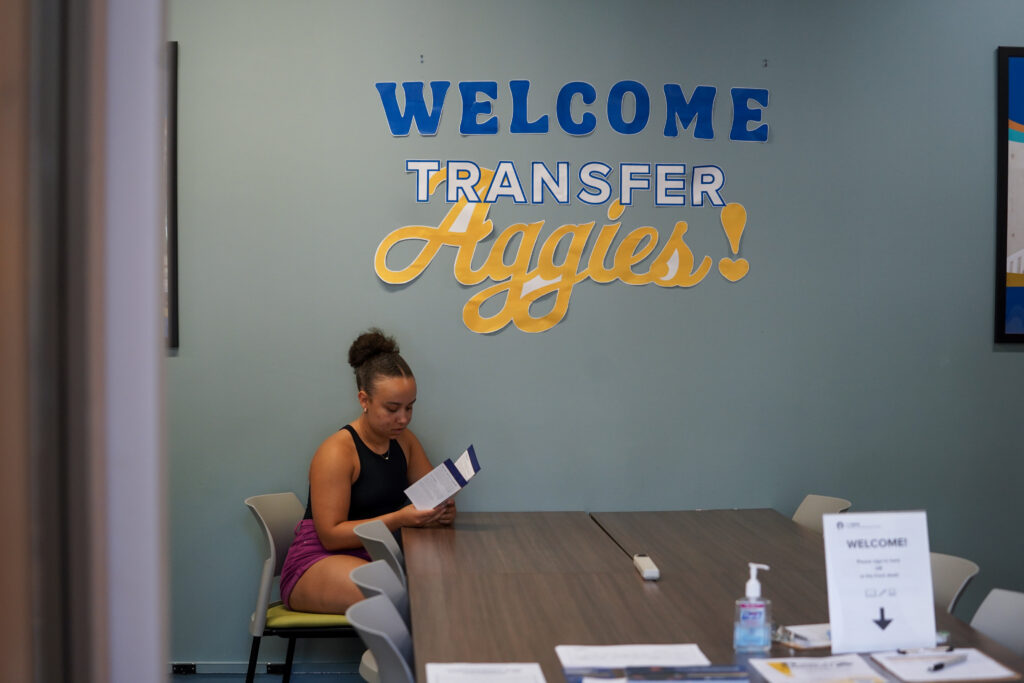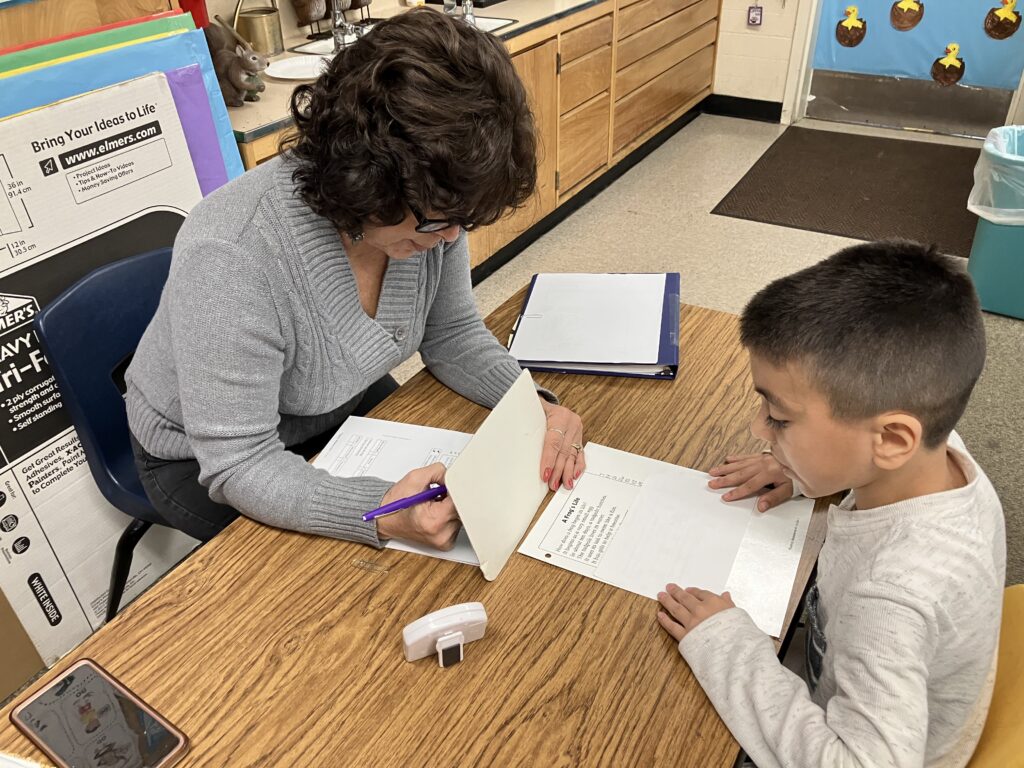Accell Schools, a network of for-profit online charter schools, announced that Bill Bennett has been hired to serve as Founding Provost of a new chain of online Classical Academies. Bennett will also serve as provost to two brick-and-mortar charter schools, one in Toledo, Ohio, the other in Clarksburg, West Virginia.
The founder of Accell Schools is Ron Packard, who has played a prominent role in the for-profit, virtual charter school industry for years.
You may recall Ron Packard. I have written about him in the past. His background is in finance and management consulting. He worked for Goldman Sachs and McKinsey. He was never a teacher or principal, which I suppose makes him an ideal education entrepreneur, unbound by tradition, open to innovation, and alert to profit making opportunities.
When he was CEO of K12, Inc., the leader in virtual charter schools, he was paid $5 million a year. K12 dealt with numerous lawsuits and controversies in relation to low test scores, low teacher pay, low graduation rates, and other issues. In 2020, K12 Inc. became Stride, which continues to be a leader in the virtual charter industry.
In 2014, Packard founded Accell as a charter chain. His company bio describes his experience:
Ron previously founded and was CEO of K12 Inc., where he grew the company from an idea to nearly $1B in revenue, making it one of the largest education companies in the world. Under his leadership, revenue compounded at nearly 80%. Prior to K12, he was CEO of Knowledge Schools and Knowledge Learning Corporation, and Vice President at Knowledge Universe, one of the largest early childhood education providers in the U.S.
He has also played a pivotal role in investments across the education sector, including LearnNow, Children’s School USA, LeapFrog, TEC, and Children’s Discovery Center. Earlier in his career, Ron worked in mergers and acquisitions at Goldman Sachs and served clients at McKinsey & Company.
Bill Bennett was U.S. Secretary of Education under President Reagan. He championed vouchers and morality during his tenure.
Until he became chair of the board of K12, he was known as a skeptic of computers in the classroom.
He wrote in his book “The Educated Child,”
“There is no good evidence that most uses of computers significantly improve learning.”
— from his 1999 book The Educated Child
Bennett said in a February 2001 Bloomberg interview:
“From what I’ve observed in schools, we’d be better off unplugging the computers and throwing them out.”
He abandoned his skepticism when he joined the K12 company.
His new role as a “founding provost” of online “classical academies,” calls upon his background as a moralist. His wildly popular “The Book of Virtues” made millions of dollars and established Bennett as the nation’s most moral man.
But this was a standing he lost years ago when it was revealed that he had a serious gambling habit.
The New York Times wrote that the “relentless moral crusader” was also a “relentless gambler.” It estimated that in 2003 that he had lost more than $8 million in Las Vegas.
Mary McNamara wrote in the Los Angeles Times:
It is just too delicious — the image of the man who wrote not only “The Book of Virtues” but “The Children’s Book of Virtues” pulling into Las Vegas in his comped limo, bags whisked to his comped high-roller’s suite while he heads into the blaring, bleating belly of the beast to spend hours pumping thousands of dollars into the slots.p. Turns out William J. Bennett, who considers passing judgment on the personal lives of our leaders a moral duty and who all but called for President Clinton’s head on a platter in “The Death of Outrage,” is a high-stakes gambler. The pulpit bully who took down the moral predilections of single parents, working mothers, divorced couples and gays in “The Broken Hearth,” the man who, despite rather formidable personal girth, preaches against those “ruled by appetite,” has, according to Newsweek and the Washington Monthly, dropped as much as 8 million bucks in high-stakes gambling over the last 10 years.
How much fun is that ?
Bennett’s fall from grace was camera perfect, and no doubt he’ll get big points from the judges for the spin of his attempted recovery. Gambling is legal, he quickly pointed out, at least where he did it. And he never put his family in danger. And it wasn’t $8 million, it was “large sums of money.” Furthermore, he always paid taxes on his winnings and, Atlantic City and Las Vegas being the charitable institutions they are, he pretty much “always broke even.”
If that weren’t intoxicating enough for his many detractors, within minutes of serving up this layer cake of denial, Bennett made a public vow that his gambling days are over because “this is not the example I want to set.”
Or as Kenny’ll tell you, you gotta know when to walk away, and know when to run .
Bennett got into hot water in 2005 when he made a comment on his radio show that was widely denounced by both parties:
Speaking on his daily radio show, William Bennett, education secretary under Ronald Reagan and drugs czar under the first George Bush, said: “If you wanted to reduce crime, you could, if that were your sole purpose; you could abort every black baby in this country, and your crime rate would go down.”
He went on to qualify his comments, which were made in response to a hypothesis that linked the falling crime rate to a rising abortion rate. Aborting black babies, he continued, would be “an impossible, ridiculous and morally reprehensible thing to do, but your crime rate would go down”.
So, despite these handicaps, now 20 years past, Bill Bennett is making a comeback. Everyone deserves a chance to rehabilitate themselves. Even Bill Bennett.

















